Alcohol Recovery Statistics
- Approximately 17 million adults in the United States have an alcohol use disorder (AUD).
- Only about 6.7% of individuals with AUD receive treatment in a given year.
- The global prevalence of alcohol use disorders is estimated to be around 5.1%.
- Alcoholism is more prevalent among men than women, with a ratio of about 3:1.
- The average age of onset for alcohol use disorder is around 20 years old.
- Alcoholism is a chronic disease that can be managed but not cured.
- The success rate for alcohol recovery varies, but it is generally estimated to be around 40-60%.
- About 70-80% of people with alcohol addiction experience mild to moderate forms of the disorder.
- Long-term alcohol recovery rates tend to improve with longer durations of abstinence.
- Family support and involvement are crucial for successful recovery.
- Medications like naltrexone and acamprosate can help reduce alcohol cravings and support recovery.
- Cognitive-behavioral therapy (CBT) and other evidence-based therapies are effective in treating alcohol use disorders.
- Approximately 80% of people who complete alcohol rehab programs report improved quality of life.
- Outpatient treatment programs can be effective for individuals with mild to moderate alcohol use disorders.
- Inpatient residential treatment is often recommended for severe cases of alcohol addiction.
- Alcohol abuse is a leading cause of liver disease, contributing to conditions like cirrhosis and hepatitis.
- Heavy alcohol use is associated with an increased risk of various cancers, including liver, throat, and breast cancer.
- Alcohol use during pregnancy can lead to fetal alcohol spectrum disorders (FASDs), causing lifelong physical and cognitive impairments.
- Alcohol-related accidents and injuries are a significant public health concern.

- Social support networks, such as Alcoholics Anonymous (AA), can play a vital role in alcohol recovery.
- Dual diagnosis refers to individuals with co-occurring alcohol use disorder and mental health conditions, such as depression or anxiety.
- About 37% of individuals seeking alcohol treatment also have a co-occurring drug use disorder.
- Peer support groups like Smart Recovery and Moderation Management offer alternative approaches to traditional abstinence-based programs.
- The cost of alcohol addiction to society includes healthcare expenses, lost productivity, and criminal justice costs.
- Alcohol-related problems are estimated to cost the United States over $250 billion annually.
- Over 10% of American children live with a parent with alcohol problems.
- Alcohol withdrawal symptoms can range from mild to severe and may include tremors, anxiety, and seizures.
- Detoxification is often the first step in the alcohol recovery process, helping individuals safely withdraw from alcohol.
- Motivation to change and readiness for treatment are important factors in the recovery process.
- Early intervention and prevention efforts can help reduce the likelihood of developing alcohol use disorders.
- The stigma associated with alcoholism can be a barrier to seeking treatment.
- Support from healthcare professionals, such as addiction specialists and therapists, is crucial in the recovery journey.
- Alcohol use disorders can have a genetic component, with some individuals being more genetically predisposed to addiction.
- Long-term heavy alcohol use can lead to structural and functional brain changes.
- The risk of suicide is higher among individuals with alcohol use disorders.
- Individuals who have completed alcohol treatment are at a reduced risk of criminal behavior.
- Alcohol use disorders are often accompanied by physical health problems, including cardiovascular issues and gastrointestinal disorders.
- Education and awareness campaigns play a significant role in preventing alcohol misuse.
- Alcohol screening and brief interventions in healthcare settings can help identify and address alcohol-related problems early on.

Alcoholism Relapse Statistics
- Relapse rates for alcoholism range from 30% to 70%, depending on various factors.
- Within the first year of recovery, it is estimated that around 40-60% of individuals with alcohol use disorder experience a relapse.
- The highest risk period for relapse is within the first 90 days after completing alcohol treatment.
- Relapse rates tend to decrease with longer durations of abstinence.
- Factors that increase the risk of relapse include a history of multiple previous relapses, co-occurring mental health disorders, and lack of a strong support system.
- Stressful life events, such as job loss or relationship problems, can significantly increase the risk of relapse.
- People who have undergone detoxification without additional treatment are at a higher risk of relapse compared to those who receive comprehensive treatment.
- Dual diagnosis (co-occurring substance use disorder and mental health condition) is associated with higher relapse rates.
- Relapse rates can be influenced by the presence of triggers, such as being in environments associated with drinking or socializing with individuals who engage in heavy drinking.
- Relapse is often considered part of the recovery process, and it does not mean that treatment has failed. It is an opportunity to learn from setbacks and make adjustments to support ongoing sobriety.
- Continued participation in aftercare programs, such as support groups or counseling, can help reduce the risk of relapse.
- Regular attendance at support group meetings, such as Alcoholics Anonymous (AA), has been associated with improved abstinence rates.
- Relapse prevention strategies, such as identifying high-risk situations, developing coping skills, and creating a relapse prevention plan, can be effective in reducing relapse rates.
- Relapse rates can vary depending on the individual’s motivation, commitment to recovery, and engagement in ongoing self-care practices.
- Relapse rates for alcoholism may be lower for individuals who receive long-term residential treatment compared to outpatient treatment.
- Family support and involvement in the recovery process can significantly impact relapse rates.
- Medications, such as naltrexone or acamprosate, prescribed in combination with therapy, can help reduce the risk of relapse.
- Achieving sustained abstinence for 5 years or longer significantly decreases the likelihood of future relapse.
- Relapse rates tend to be higher for individuals who discontinue treatment prematurely or do not follow through with recommended aftercare services.
- Building a strong support network, including sober friends and mentors, can provide crucial support during challenging times and reduce the risk of relapse.
What are the Common Causes of Alcohol Recovery Relapse?

Addiction relapse occurs when a person who has been in recovery from drugs or alcohol experiences a return to using these substances. Some common causes of addiction relapse are:
- Stress: Stressful situations, such as work or relationship problems, can trigger cravings for drugs or alcohol and lead to relapse.
- Negative emotions: Emotions such as anger, sadness, and anxiety can be difficult to manage, and some people may turn to drugs or alcohol to cope with these feelings.
- Overconfidence: After a period of sobriety, some people may become overconfident and believe they can use drugs or alcohol without consequences. This can lead to relapse.
- Social pressure: Being around others who are using drugs or alcohol can be tempting, especially if the person in recovery feels left out or excluded from social activities.
- Lack of support: People who lack a strong support system may struggle with addiction relapse. This can include family members, friends, or a counselor or therapist.
It’s important for people in recovery to understand the common causes of addiction relapse so that they can be prepared to manage triggers and maintain their sobriety. Seeking help from professionals and support groups can also be beneficial in preventing relapse.
Other Alcohol Recovery Statistics
- In some cases, involuntary treatment or court-ordered rehab can be a necessary intervention for individuals with severe alcohol addiction.
- Alcohol use disorder can impact relationships, leading to family and social conflicts.
- Over time, the effects of heavy alcohol use can lead to tolerance, requiring individuals to consume larger amounts to achieve the same effects.
- Chronic heavy alcohol use can result in memory loss and cognitive impairments.
- Older adults may be more susceptible to the negative effects of alcohol due to age-related changes in metabolism and increased medication use.
- Culturally tailored interventions and programs have been found to be more effective in certain populations.
- Mental health conditions, such as anxiety and depression, often coexist with alcohol use disorders.
- Social determinants of health, such as poverty and unemployment, can contribute to alcohol misuse.
- In some cases, medication-assisted treatment (MAT) using medications like disulfiram or buprenorphine can support alcohol recovery.
- Recovery from alcohol addiction is a lifelong process that requires ongoing support and self-care.
How Can Thoughts & Cravings for Alcohol Lead to a Relapse?

Thoughts and cravings for alcohol can lead to relapse in several ways:
- Emotional triggers: When a person has thoughts or cravings for alcohol, they may experience emotional triggers such as anxiety, anger, or sadness. These emotions may be difficult to manage, and the person may turn to alcohol as a way to cope.
- Rationalization: A person who is experiencing thoughts or cravings for alcohol may begin to rationalize their behavior. They may tell themselves that it’s okay to have just one drink, or that they deserve a reward for their hard work. These rationalizations can lead to relapse.
- Loss of control: If a person continues to have thoughts or cravings for alcohol, they may eventually lose control and give in to the temptation. Once they start drinking again, it can be difficult to stop.
- Triggers in the environment: A person’s environment can be a powerful trigger for alcohol cravings. For example, if a person always drinks when they visit a certain bar or restaurant, being in that environment can trigger thoughts and cravings for alcohol.
To prevent relapse, it’s important for people in recovery to recognize when they are experiencing thoughts or cravings for alcohol and to have a plan in place for managing these triggers.
This can include seeking support from friends and family, attending support group meetings, and engaging in activities that promote relaxation and stress management.



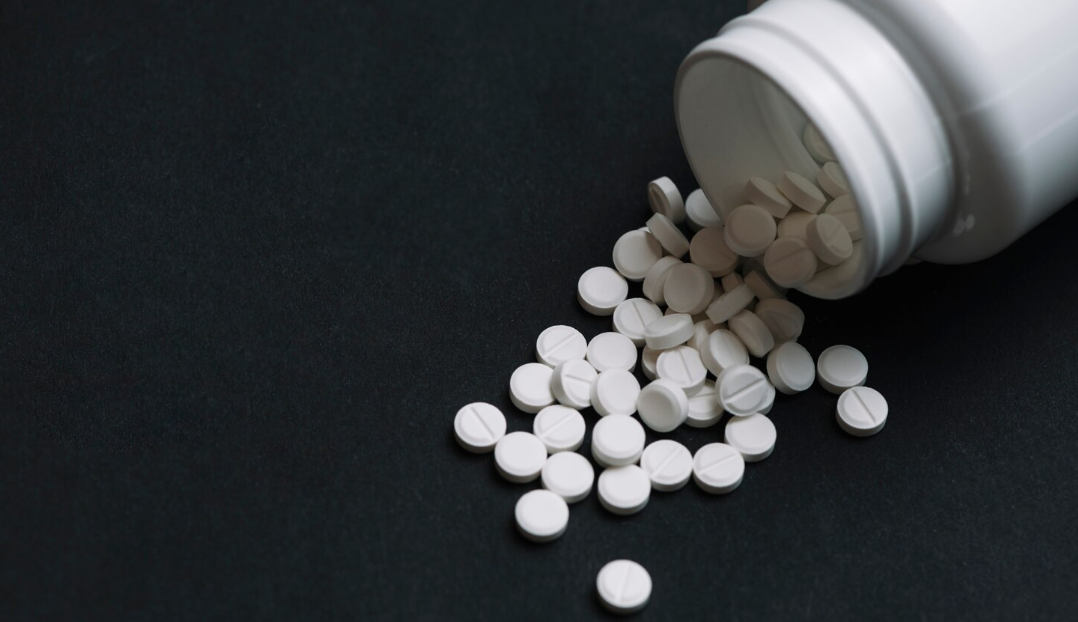
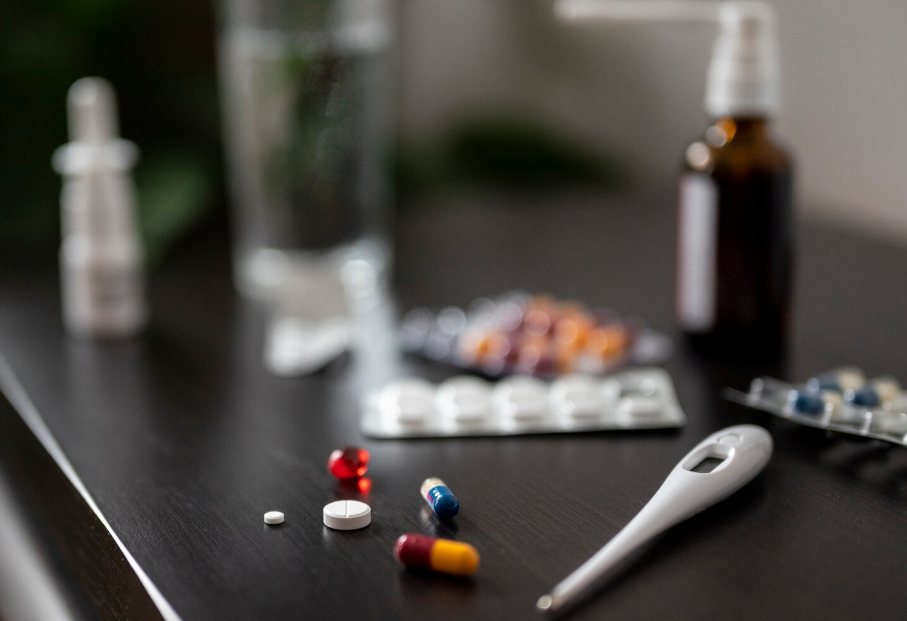
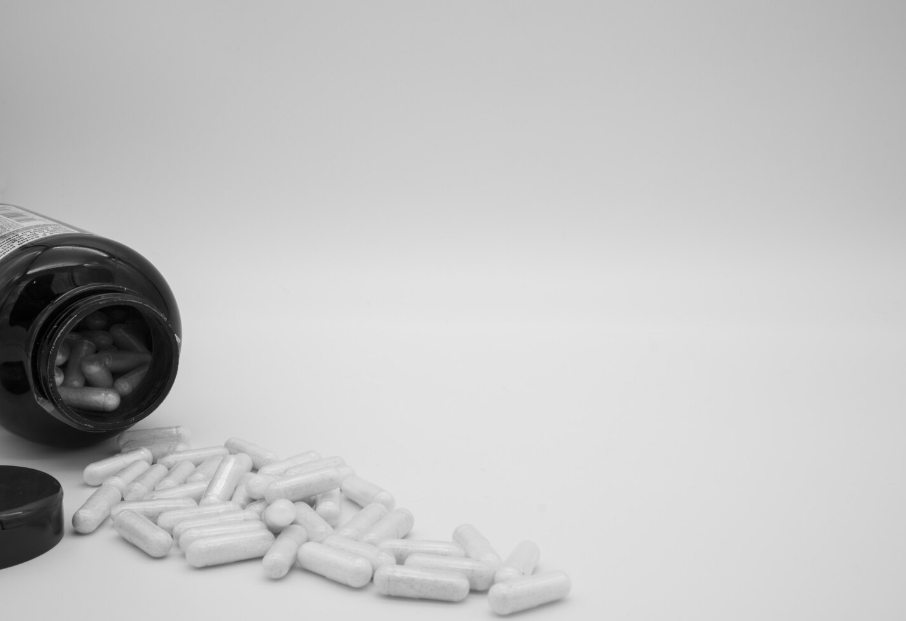
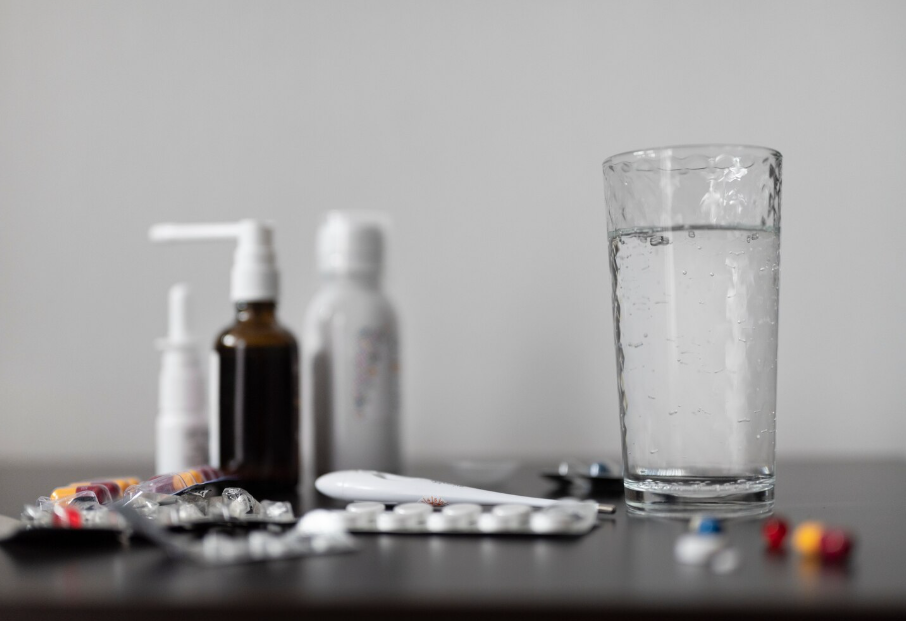
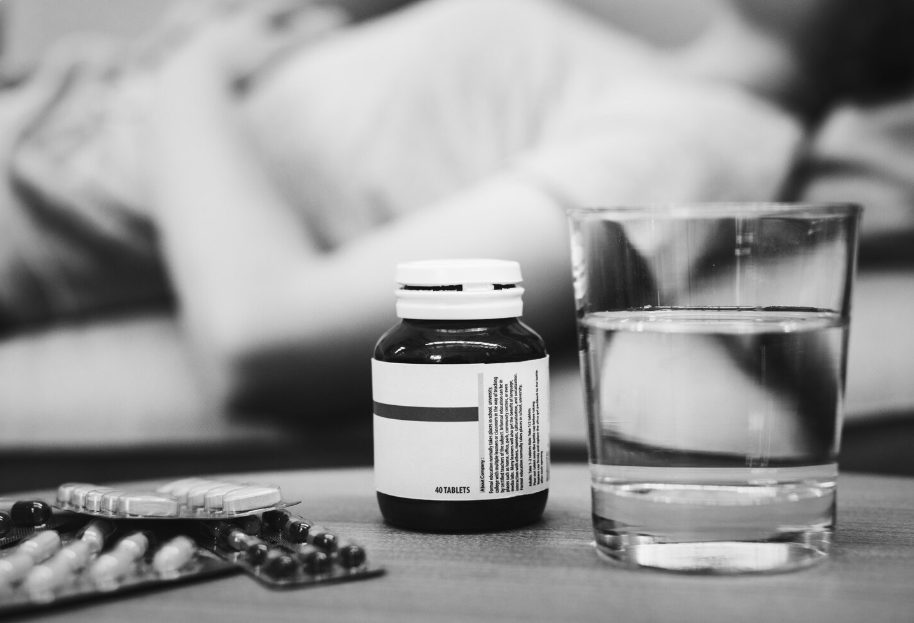
.png)
.png)
.png)
.png)